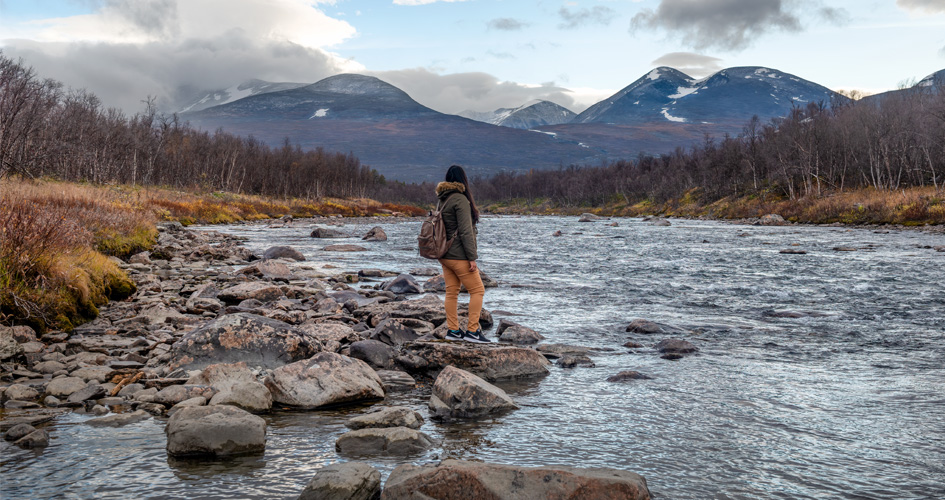 Foto: Christian Lindsten
Foto: Christian LindstenProtected nature in Sweden
The demands on the national parks are very high; only a small number of new areas are amenable to this form of protection. Nevertheless, there are many areas left to protect, which is most commonly done by establishing nature reserves.
Nature reserve
In Sweden and in many other countries, the nature reserve is one of the most common ways to long-term protect valuable nature. Over the past fifty years, humans have impacted and destroyed habitats in a far faster rate than ever before in history. We therefore need to better protect and manage our forests, streams, pastures, archipelagos, and other natural environments. Recently, marine sanctuaries have been highlighted as a way to protect other contiguous areas in the sea. There are almost 4,000 nature reserves in our country. They comprise about 85 percent of all surface in Sweden that is protected under the Environmental Code. Both regional and local authorities can establish nature reserves.
Beach protection
Sweden's beaches are a natural resource of great value both for the public and for the flora and fauna that depend on aquatic environments. Since 1950, we have had the ability to protect our beaches in order to maintain public outdoor recreation. Today, the shore protection comprices land and water areas because of their biological value.
Natura 2000
Natura 2000 is a network of protected areas across the EU. It consisits of valuable natural areas with species or habitats that are particularly worthy of protection from a European perspective. The objective of this network is to stem the extinction of species and habitats. Sweden has about 4000 Natura 2000 sites. Many of these are nature reserves or national parks, and new areas will be in the need of full protection as nature reserves.
Biosphere reserves
Sweden has five biosphere reserves. They complement national parks, reserves and other areas with high natural and cultural values. Biosphere Reserves do not protect the area in the legal sense. Instead, their purpose is to work with nature conservation and sustainable development in a new way. The aim is to create opportunities to manage the relationship between man and nature in a sustainable way, ie to simultaneously operate and preserve. Biosphere Reserves is a way for the community to test new knowledge and practice while people live and work in the area.
World Heritages
A World Heritage Site is a place, location, environment or object that uniquely tells about the Earth and human history. They are natural or cultural memories that are considered to be so invaluable to humanity that they must be protected and preserved for all time. On the UNESCO World Heritage list many of the world's most beautiful and most protected natural sites are inscribed. There are fifteen World Heritage sites in Sweden, three of which have very high natural values:
- The Laponian Area
- The High Coast in Quark
- Southern Öland
Share with your friends
Share this page with your friends on Facebook, X (formerly Twitter), Google+ and e-mail.







